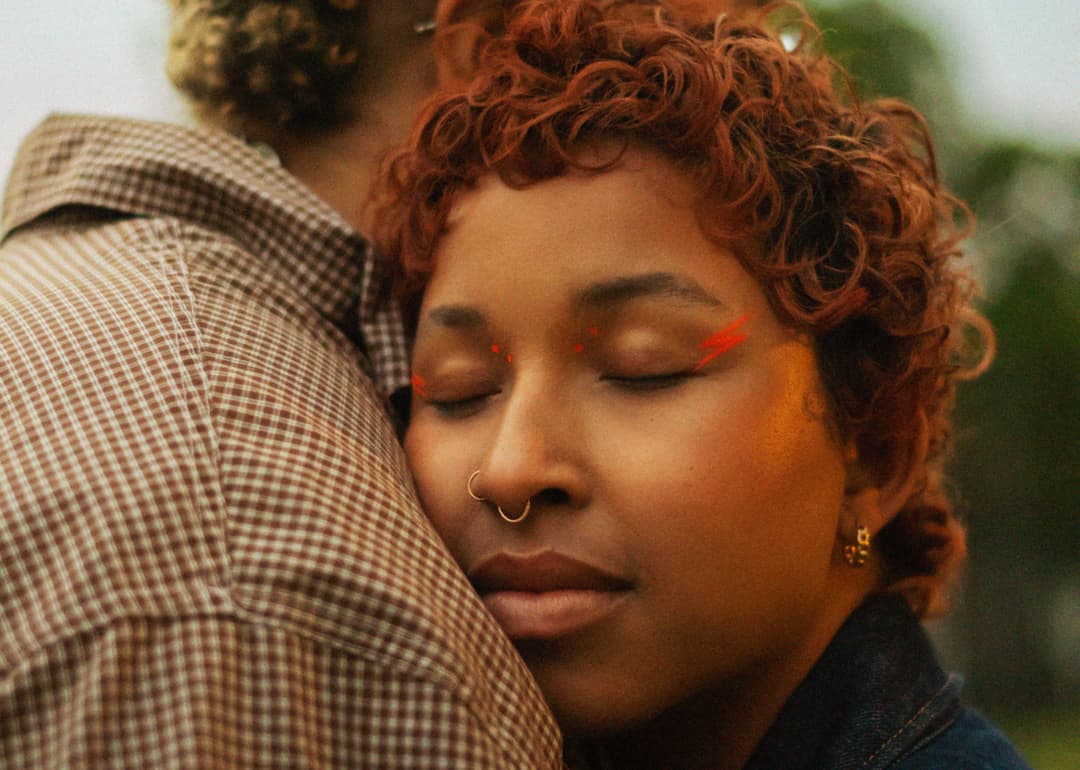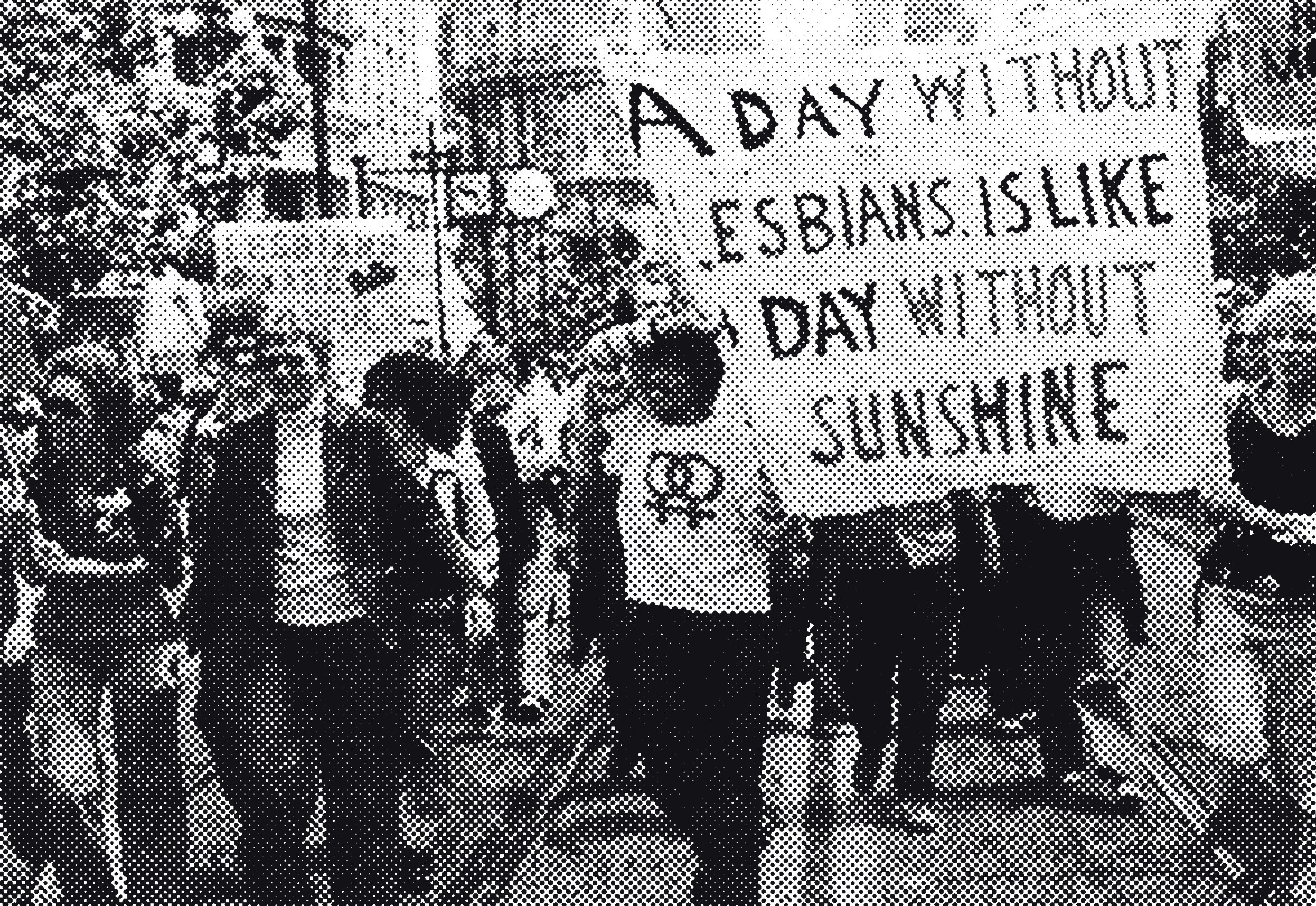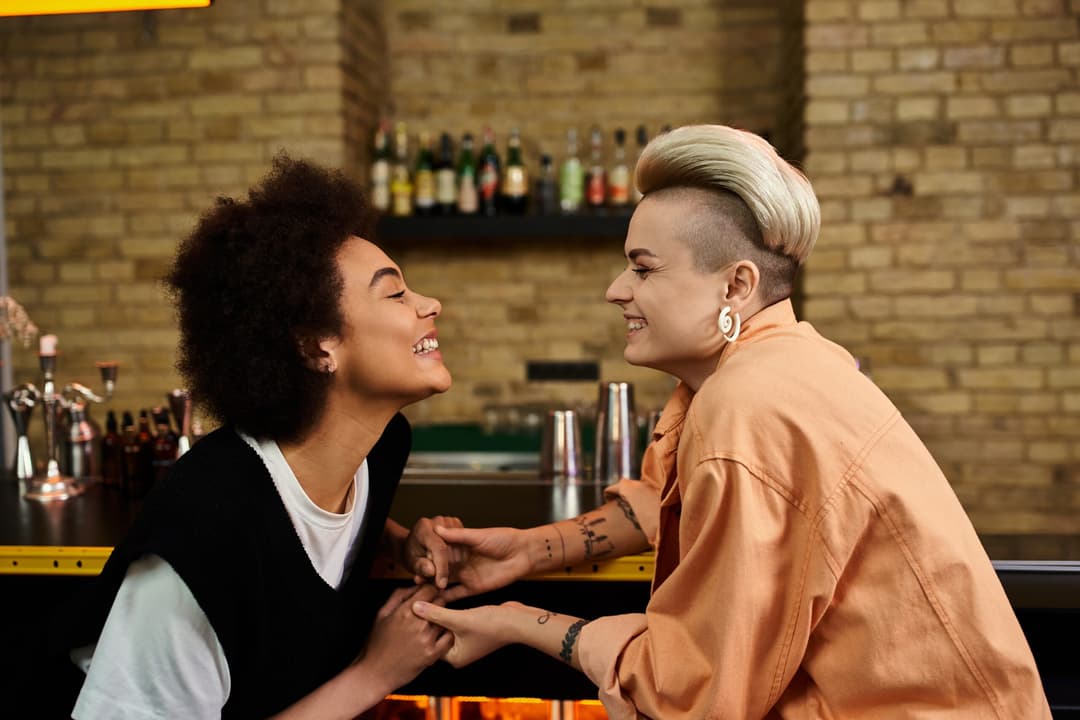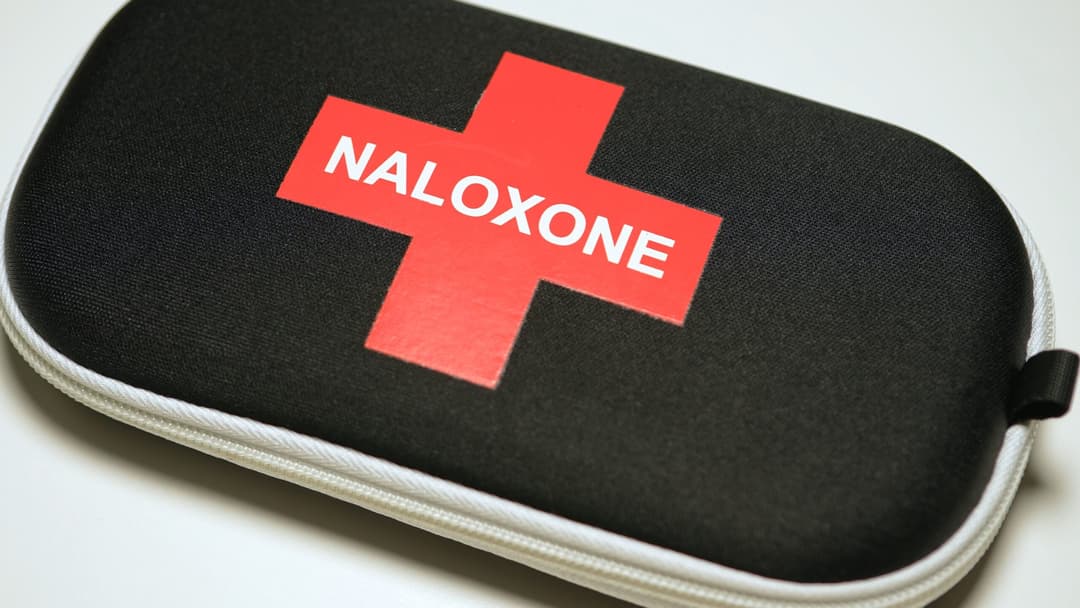Breast/Chest Awareness: A Guide for LGBTIQ+ Folks
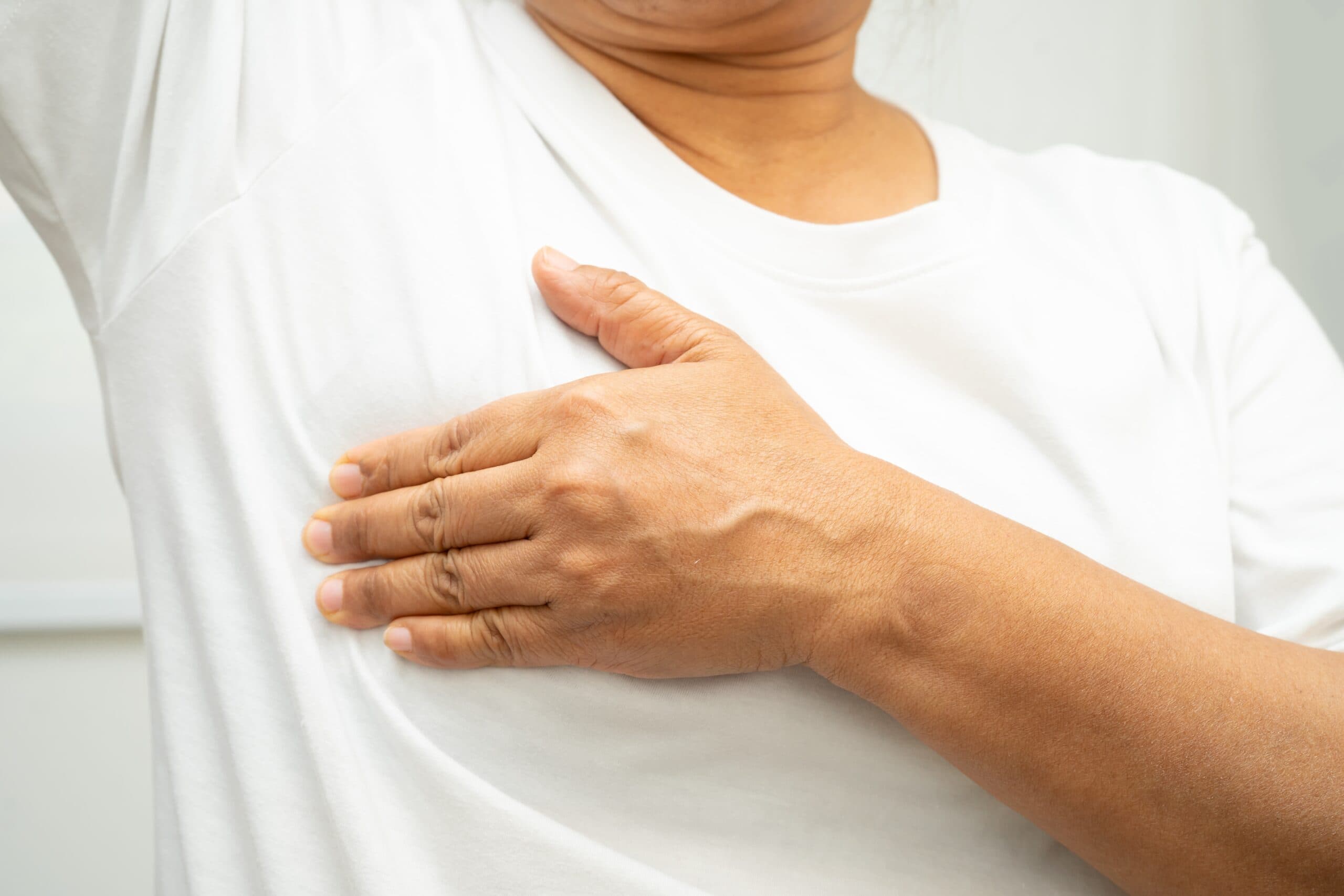
Whether you bind them, push them up or play them down, breast and chest awareness matters for all bodies.
It’s about knowing what your breast or chest area normally looks and feels like.
Many breast cancers are found after someone notices a change in that part of their body. Checking in with your chest can help you spot unusual changes early.
Note on language
Everyone has breast tissue, regardless of gender or sex assigned at birth. For some of us, the term ‘breast’ might feel gendered or uncomfortable when applied to their body. That’s why we use the terms ‘breast’ and ‘breast/chest’ interchangeably. When we do say ‘breast’, we’re using it to refer to breast tissue in a medical sense, not a gendered one.
Preventing breast cancer
Doing a free breast screen (mammogram) every two years through the national breast screening program is the best way to detect breast cancer early, before it can be felt or noticed.
Mammograms are a kind of low dose Xray (image) that checks for breast cancer. In Victoria, you can get a mammograms free through BreastScreen Victoria. BreastScreen Victoria is a Rainbow Tick organisation that also runs Rainbow Sessions for the LGBTIQA+ community.
If you are aged 50 to 74, breast/chest screening is recommended every 2 years for:
- Cis women/people assigned female at birth
- Trans women (with 5+ years on HRT)
- Trans men or non-binary people who have not had top surgery.
Book a breast/chest screen here
Learn more about BreastScreen Victoria’s information and support for LGBTIQA+ people here.
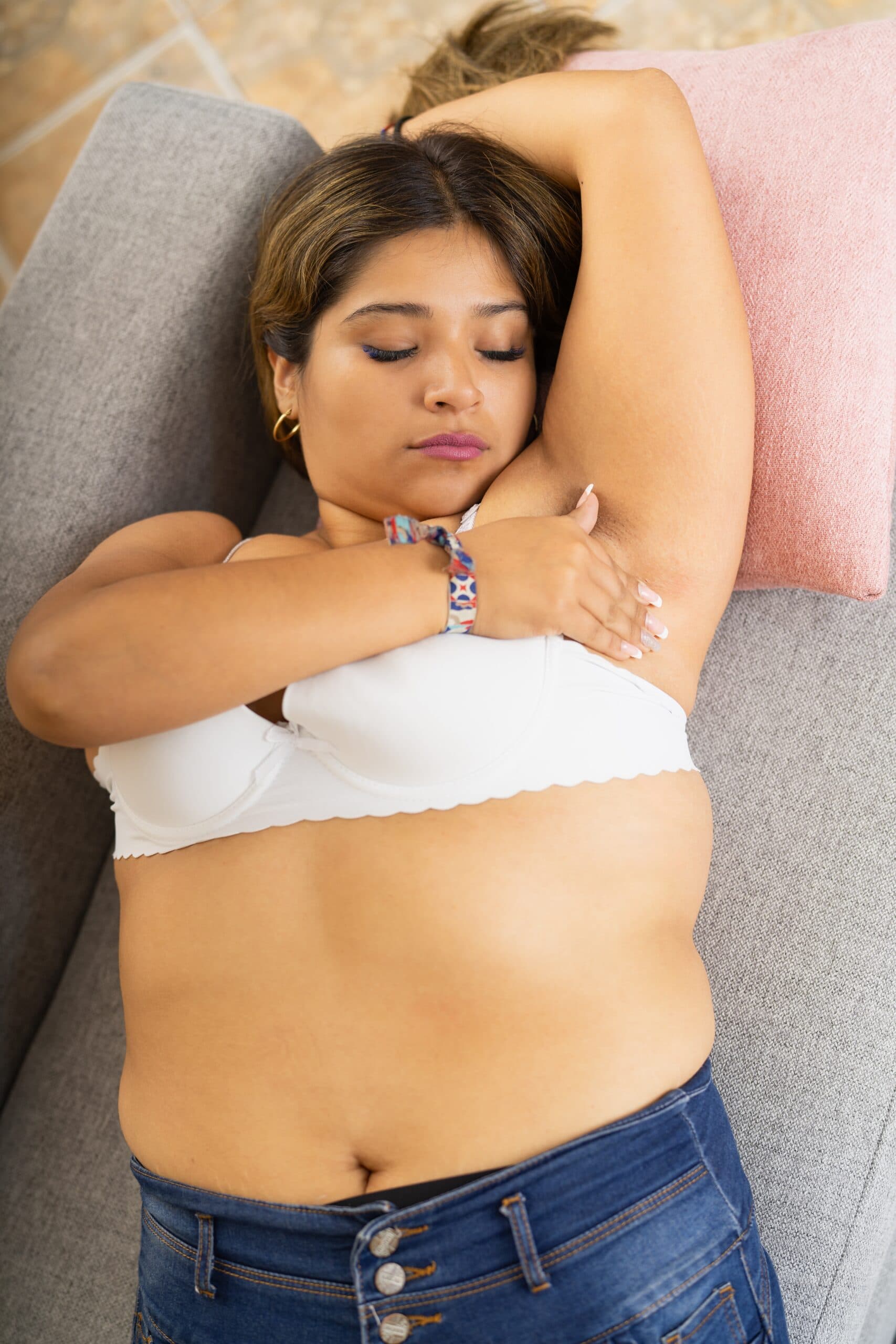

Not eligible for mammograms, or want to prevent cancer between screening tests?
The best way to look after your health is to do regular-self checks and chat to your doctor if you notice any breast / chest changes.
Who should do self-checks?
Anyone can do a self-check, but being assigned female at birth and getting older are the biggest risk factors for breast cancer. Taking oestrogen-based gender affirming hormone therapy can also increase the risk.
That means breast/chest awareness is especially helpful for:
- Cisgender women
- Trans and gender diverse people assigned female at birth (Good to know: If you’ve had top surgery, your risk of breast cancer is reduced but it’s still possible. Speak to your GP for more information on your specific risk.)
- Trans women or trans feminine people who have been on oestrogen-based gender affirming hormones for five years or more
For some of us, having to focus on our chests might be the last thing we want to do. If self-examination doesn’t feel right for you, that’s okay too.
It’s a good idea to have a chat with a queer-affirming doctor about other options to support you.
When should I start breast/chest self-checks?
There’s no official age to start self-checking, but you can start whenever your breast/chest tissue begins to develop. Breast cancer can occur at any age.
Why? Because the goal of self-checks isn’t just to find lumps — it’s to get familiar with what’s normal for your body, so you’re more likely to notice if something changes later on.
Being breast/chest aware becomes more important as you get older because the risk of breast cancer increases with age.
How do I do a breast/chest self-check?
So there’s no wrong way to do this. The most important thing is to be aware of what’s normal for you.
Everyone’s breast/chest area is different — size, shape, lumps, bumps, inverted nipples, and asymmetry can all be completely normal. The key is noticing any new changes.
Here’s some tips that can help:
- Use a mirror to get to know the usual look and shape of your breasts/chest with your arms relaxed at your sides, then raised above your head.
- If you get periods, get to know how this part of your body feels at different times of the month. This might be easiest in the shower or bath, lying in bed, or getting dressed.
- Feel all the breast tissue, from the collarbone to the mid ribs, and under the armpit.
- Use light, medium, and firm pressure to feel different tissue depths.
Keep an eye out for:
- Changes in size, shape, or symmetry
- Dimpling, puckering, or skin that looks like orange peel
- Inverted nipples or discharge (not related to lactation)
- Rashes, redness, or swelling
What if I have breast implants or breast augmentation?
Self-checks are just as important if you have breast implants. Most people with implants can have a breast screen (mammogram). Read more here.
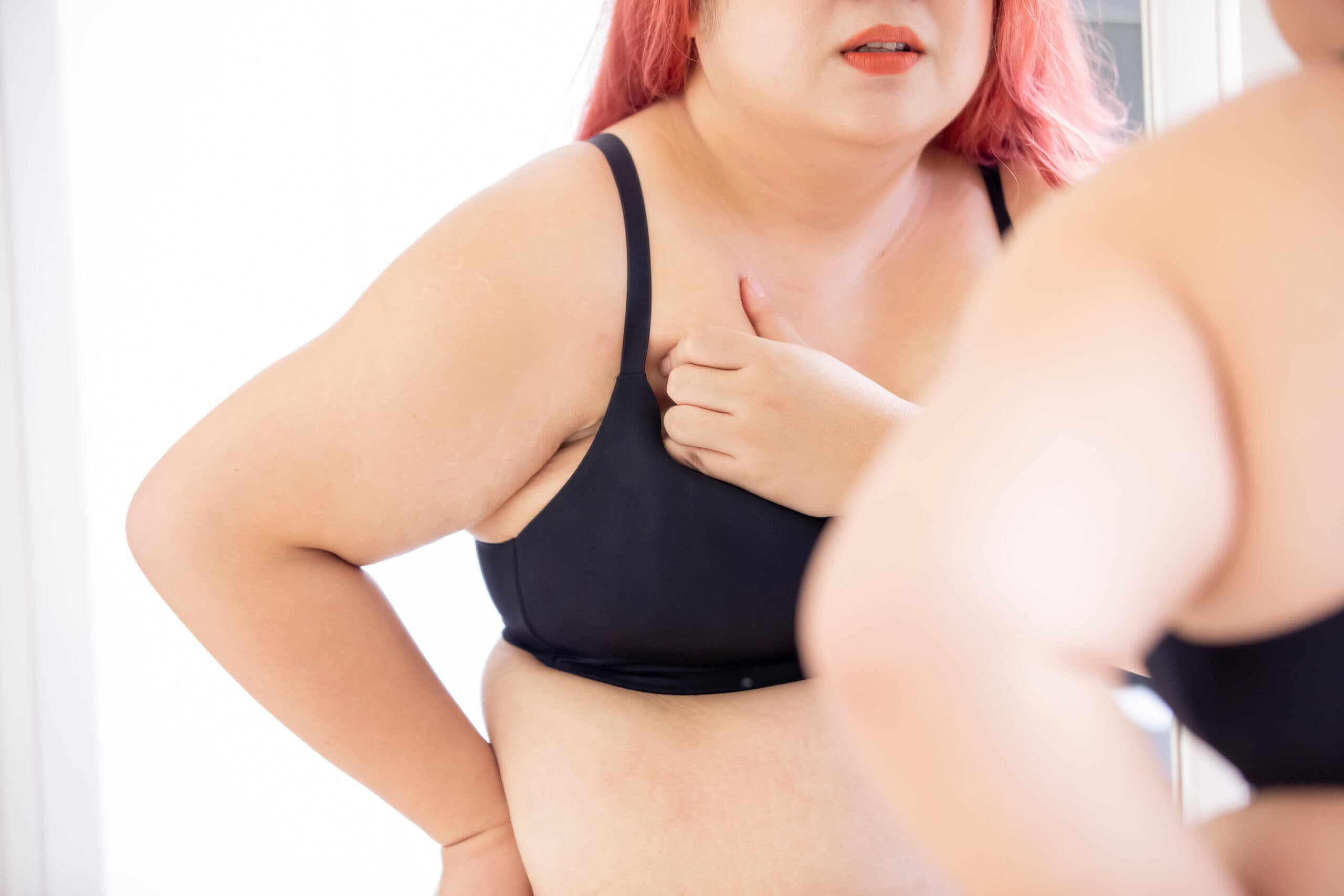
What should I do if I notice changes to my breasts/chest?
If you notice anything new — like a lump, pain, nipple discharge, or changes in shape or skin — don’t panic, but do book an appointment with your doctor or healthcare provider.
Remember: 9 out of 10 breast/chest changes are not cancerous.
Some differences might be caused by:
- Hormonal fluctuations (especially around menstruation)
- Infections or inflammation
- Fibroadenomas or benign cysts
Still, it’s always best to have changes checked — especially if they:
- Last longer than a few weeks
- Worsen over time
- Appear suddenly or feel very different from your usual
If you’re worried about being misgendered or dismissed, try finding a queer-affirming or trans-inclusive provider, or bring a friend along if that helps you feel more comfortable.
If your doctor recommends further testing (like a mammogram or ultrasound), try to follow up as soon as you can.
Where to
find support
Looking for someone to talk to?
Access safe (and pre-screened) health from our resource list.
